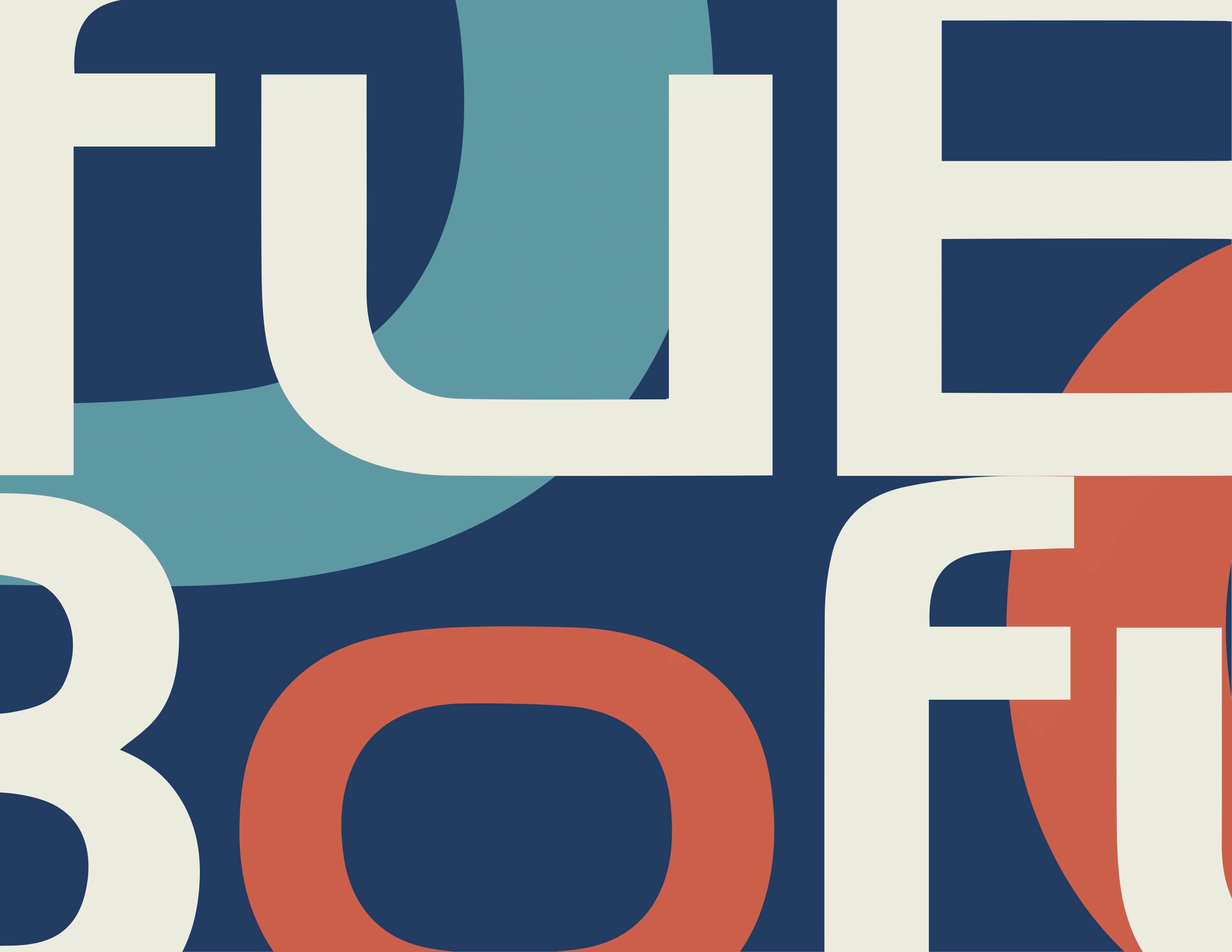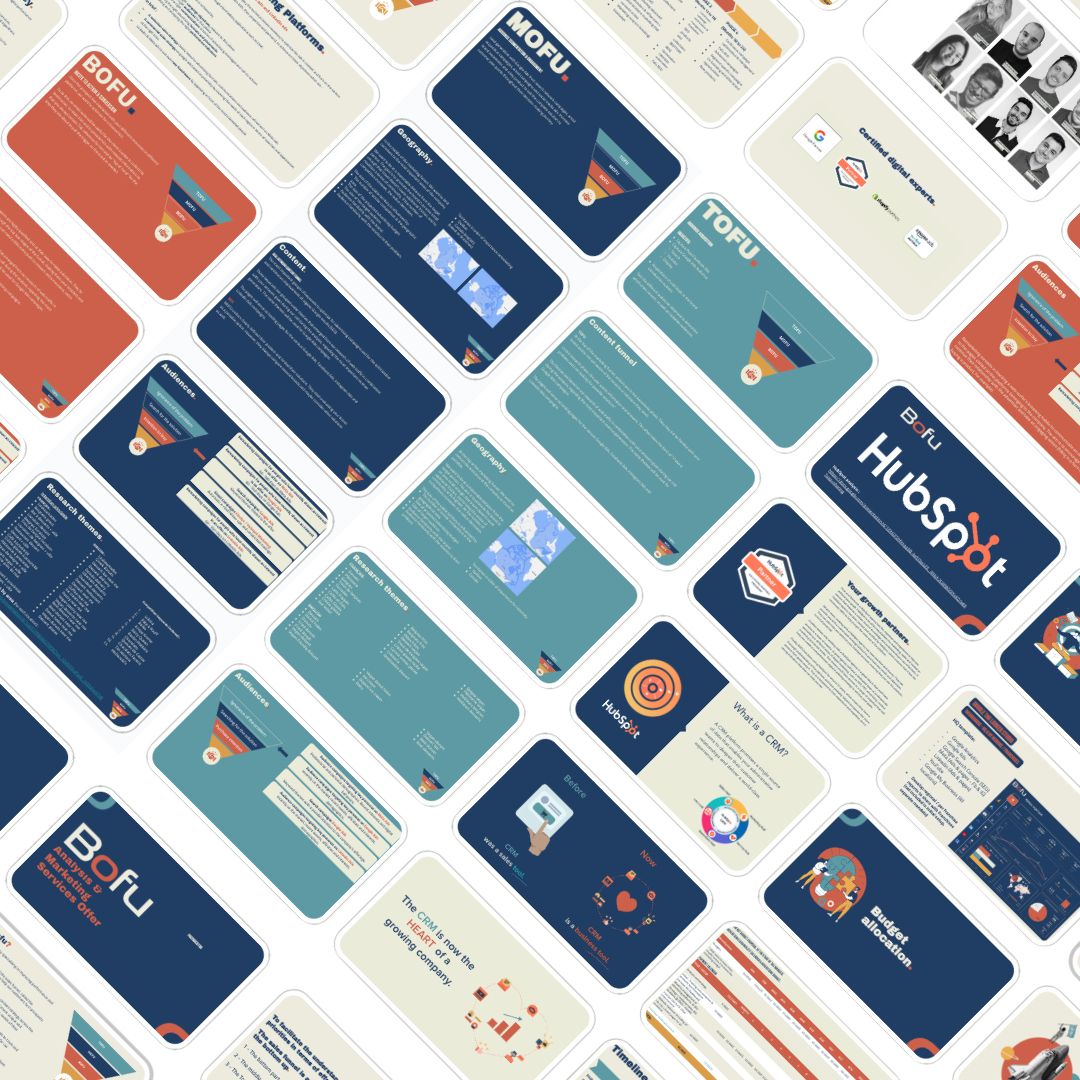Adapted from the master's thesis of Xavier Champoux , with modifications by Bofu.
To evaluate the effectiveness of an advertising campaign, it is essential to understand how a customer thinks and reacts at each stage of their purchasing journey. The hierarchy of effects model, developed in 1990 by Barry & Howard, is one of the first attempts to map this process into three psychological phases: cognition , affect , and conation .
This model has since inspired many other approaches such as the STDC model, AIDA and the conversion funnel , each of which provides new insights into consumer behavior. These models allow marketers to optimize their campaigns by targeting customers at the most opportune moments.
What is the Hierarchy of Effects Model?
The hierarchy of effects model is based on the idea that consumers go through several stages before making a purchase. This model is broken down into three main phases:
• Cognition : the consumer becomes aware of the product or service.
• Affect : An emotional reaction or interest is aroused in the consumer.
• Conation : the consumer makes the decision to act, that is, to purchase the product.
This model helps to understand the influence of advertising on purchasing behavior by highlighting the psychological stages. However, it is often considered too simplistic to explain the complex purchasing journeys in today's digital world, where customers interact with many channels simultaneously.
What is the STDC (see-think-do-care) model?
The STDC (see-think-do-care) model was introduced to model the entire customer journey, taking into account interactions at each stage:
• See : The customer first comes into contact with the brand through a search or an advertisement.
• Think : The customer considers the offering, comparing their options and thinking about how the brand meets their needs.
• Do : The customer takes action by making a purchase.
• Care : After purchase, the brand must maintain a relationship with the customer to ensure satisfaction and encourage repeat purchases.
This model is particularly relevant for omnichannel strategies, as it allows brands to develop specific approaches for each phase, depending on the customer's maturity in their purchasing journey. In addition, this model is useful for identifying the critical moments when a brand must interact with its customers to maintain a lasting relationship.
What is the AIDA (Awareness-Interest-Desire-Action) model?
Another common approach is the AIDA model, which breaks down the purchasing process into four steps:
• Awareness : The consumer discovers the brand or product.
• Interest : The consumer is interested in what the brand offers.
• Desire : The consumer begins to desire the product or service.
• Action : The consumer takes action, usually by making a purchase.
This model is particularly suited to display advertising and retargeting strategies. A display campaign can be used to generate awareness, while a retargeting campaign will encourage an interested customer to complete their purchase (action).
What is the conversion funnel in marketing?
The conversion funnel (or purchase funnel) is a visualization that helps understand how leads turn into customers. It is composed of several stages:
• Awareness : The consumer is exposed to the brand through awareness campaigns.
• Interest : The consumer becomes more informed about the brand's products and services.
• Consideration : The consumer evaluates available options, often by comparing competitors' offerings.
• Intent : The consumer shows an intention to purchase, for example by adding a product to the cart.
• Evaluation (Evaluation): The consumer weighs the pros and cons before making a decision.
• Purchase : The consumer makes the purchase.
This model is useful for understanding where prospects are in their buying journey and tailoring advertising campaigns based on the stages. For example, a company might increase its marketing efforts during the consideration stage if that’s when prospects are most likely to abandon their purchase.
Comparison between models
The hierarchy of effects , STDC , AIDA , and the conversion funnel each offer a specific approach to modeling the customer journey. Their use often depends on the context and marketing objectives.
• The AIDA model is particularly useful for campaigns focused on traditional or digital advertising with a simple purchasing process.
• The STDC model , more suited to omnichannel strategies, allows for the development of a comprehensive approach that takes into account the different points of contact between the brand and the consumer.
• The conversion funnel , for its part, is a reference in digital marketing to track and optimize the passage of prospects through different stages until conversion.
These models can also be combined according to the specific needs of a marketing campaign. For example, a strategy could start with AIDA to generate awareness and continue with STDC to strengthen the relationship with the customer after purchase.
The importance of data and personalization in the customer journey
In today’s context, data collection plays a central role in optimizing the customer journey. Companies that properly leverage customer data (such as purchasing behaviors or individual preferences) can personalize each interaction with the customer, increasing the chances of conversion.
Personalization also helps improve the long-term relationship with the customer, creating more relevant experiences and increasing loyalty. For example, advanced segmentation tools or artificial intelligence can be used to anticipate customer needs and provide tailored recommendations in real time.
Modern challenges of the customer journey
The customer journey is more complex than ever today, due to the proliferation of communication channels and new data protection regulations , such as GDPR. Another major challenge is the gradual disappearance of third-party cookies , which makes it difficult to accurately track customer interactions online.
Companies must adapt to these new rules by strengthening the collection of first-party data and using alternatives such as privacy APIs or contextual targeting to continue offering a personalized user experience.
Conclusion
Modeling the customer journey is a critical task for any company looking to optimize its advertising efforts. Models like the hierarchy of effects , STDC , AIDA , and the conversion funnel provide a clear framework for analyzing consumer behaviors and guiding marketing campaigns. By using advanced attribution tools , personalizing interactions at each stage, and taking into account modern challenges such as data protection, companies can maximize their ROI.
To go further, companies should integrate data analysis tools like Google Analytics or HubSpot to track and measure the effectiveness of campaigns at each stage of the customer journey. This would allow them to adjust their strategy in real time and optimize their marketing efforts according to the specific needs of their customers.













